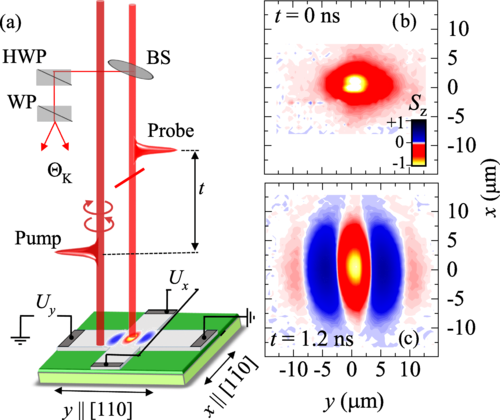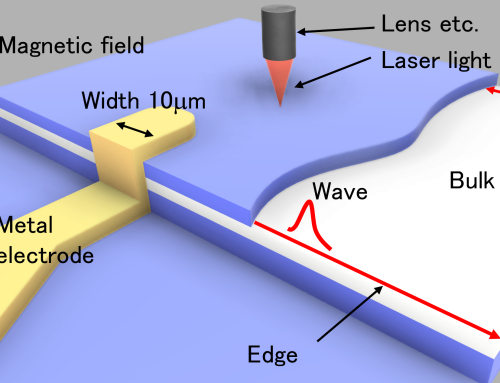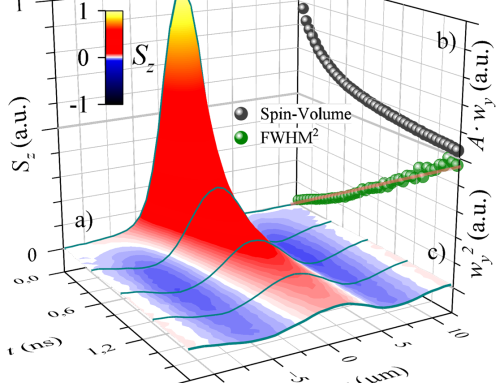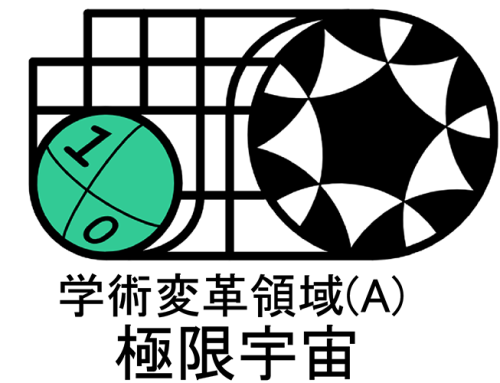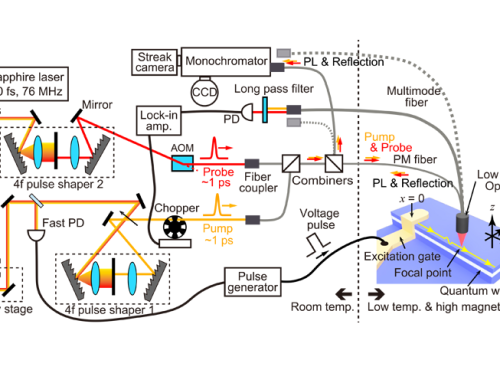Time-resolved magneto-optic Kerr microscopy measures the effect of in-plane electric fields on the dynamics of a photoexcited spin distribution in a modulation-doped GaAs quantum well. The structure features nearly equal Dresselhaus and Rashba coefficients, such that there is negligible impact of spin-orbit coupling for electrons moving along the [1¯10] or [¯110] directions. Meanwhile, spin texture emerges for electrons moving in the [110] or [¯1¯10] directions. The overall spin pattern resembles a persistent spin helix. An in-plane electric field, applied transverse to the spin texture (along the [1¯10] or [¯110]directions), introduces a drift of the spin packet and additional Larmor precessions, i.e., a marked decrease of the spatial periodicity of the spin pattern. The in-plane electric field also increases the temporal frequency of the evolving spin distribution, which is directly linked to the cubic Dresselhaus spin-orbit coupling term. Moreover, the in-plane field increases the diffusion coefficient by more than an order of magnitude. We attribute this effect to carrier heating and the separation of the photogenerated electron-hole dipole.
